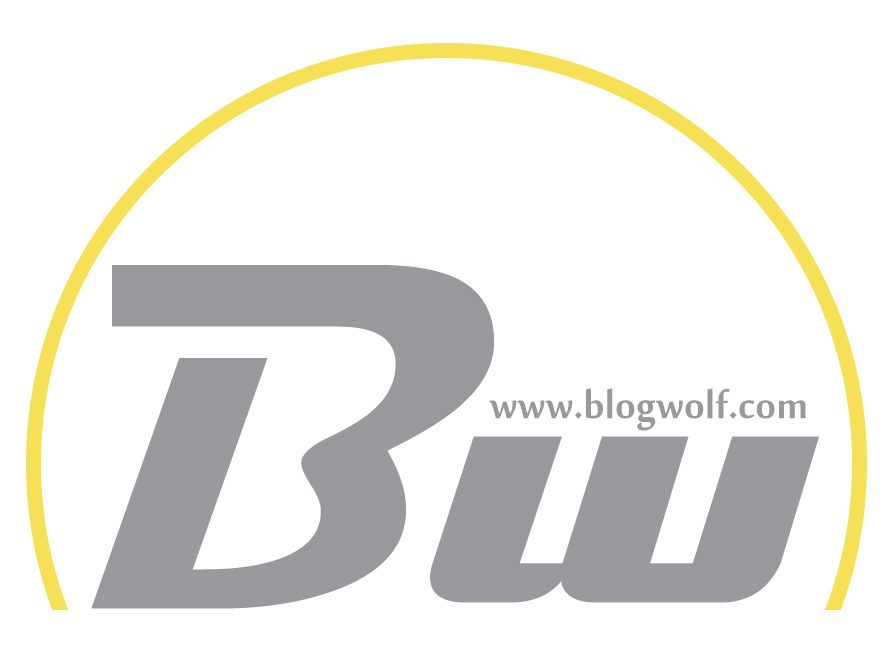Table of Contents
Creating a strong, recognizable, and memorable logo is essential for any business, especially for marketplace and multi-vendor stores where the brand serves as a trust anchor between buyers and sellers. Your logo isn’t just an image; it’s a visual shorthand for your business’s reliability, variety, and professionalism. In an increasingly competitive landscape, having a thoughtful and strategically crafted logo can make a critical difference in a consumer’s decision to engage with your platform.
TLDR:
A great logo for a marketplace or multi-vendor store should reflect the diversity, connectivity, and trust your platform offers. In this article, we present 12 logo ideas that combine design strategy and brand alignment to inspire your next branding move. From abstract network designs to iconic cart visuals, these ideas are rooted in industry best practices. Read on to discover concepts that could help your platform stand out and scale effectively.
1. Network Grid Symbol
Marketplaces thrive by connecting multiple sellers with buyers. A logo featuring interconnected nodes or a digital network motif can subtly communicate this idea of connectivity. This concept works especially well for tech-savvy or niche B2B marketplaces.
Design tip: Use geometric lines and interconnected dots to create a sense of digital symbiosis.

2. Multi-Shaped Mosaic
A mosaic made up of several different shapes or colors can represent the diversity of vendors and products on your platform. Such a visual metaphor effectively symbolizes variety and inclusiveness without needing words.
Design tip: Choose shapes that imply movement and interaction—like hexagons, triangles, or dynamic circles.
3. Stylized Shopping Cart
The shopping cart is a universally recognized symbol in e-commerce. With slight abstraction or geometric enhancement, it can be made modern and unique while maintaining recognizability. This design makes it immediately obvious that your business deals with commerce or retail.
Use case: Excellent for general marketplaces that want a straightforward yet versatile symbol.
4. Bridge or Link Icon
A bridge or chain-like icon can imply the platform’s function as a connector between distinct parties—vendors and consumers. This concept emphasizes trust and the functional role of your marketplace as an intermediary or ecosystem facilitator.
Symbolism: Trust, linkage, support, and connection.
5. Marketplace Monogram
Create a stylized letterform using the initials of your platform name. Monogram logos are elegant, timeless, and adaptable. This approach works best when the brand name has one or two stand-out letters and when minimalism is part of the brand identity.
Design tip: Incorporate subtle design cues—like lines branching off the letters—to imply expansion and network.
6. Digital Storefront Icon
Illustrating a storefront digitally, perhaps with a tiny awning or even a mobile-device frame associated with shopping, can help visually communicate the experience your platform offers—particularly for vendors who operate digital storefronts through your service.
Use case: Ideal for marketplace platforms emphasizing seller empowerment and store customization.

7. Global Symbol or Sphere
If your marketplace serves an international or geographically diverse audience, a globe, or interconnected circular shapes can help reflect global reach. This type of logo underscores scale, inclusivity, and the vast matrix of buyers and sellers under one brand.
Color suggestion: Earth tones or cool blues that imply reliability and trustworthiness.
8. Nested Shapes or Containers
Nested boxes or layered shapes can suggest organization, scalability, and variety. These features are vital to any efficient multi-vendor operation and visually echo the idea of categories or product segments fitting together within one framework.
Symbolism: Structure, layered options, and compartmentalization.
9. Handshake or Collaboration Symbol
What communicates trust more directly than a handshake? While literal representations may seem outdated, abstracting this into intertwining shapes or mirrored forms points to collaboration and mutual success—hallmarks of great multi-vendor platforms.
Use case: Great for industry-specific marketplaces that rely heavily on reputation and relationship-building.
10. Compass or Navigation Elements
Helping users find specific items among thousands of vendors is a cornerstone of successful marketplaces. A compass, navigation pointer, or directional arrows can communicate your platform’s commitment to helped discovery and customer orientation.
Design tip: Keep elements simple and integrate graphically with additional motifs like grids or product icons.
11. A Marketplace Character or Mascot
While not every professional platform benefits from a cute character, creative use of a mascot can inject personality and brand recall. Choose an anthropomorphized symbol that conveys approachability, speed, or smart curation—qualities users value in a digital marketplace.
Example: A clever courier bot, an online merchant character, or a smart shop assistant.
12. Abstract Arrows or Motion Graphics
Use dynamic motion paths, spirals, or directional arrows to imply the constant movement and activity within your ecosystem. It suggests vibrancy, product flow, and user engagement—attributes inherent to thriving marketplace platforms.
Symbolism: Growth, energy, innovation.

Final Thoughts
Choosing the right logo design for your marketplace or multi-vendor store goes beyond aesthetic—it’s a visual distillation of what your brand stands for. The logo must articulate your platform’s trustworthiness, seller diversity, customer-friendly orientation, and digital efficiency—at first glance.
While it’s tempting to jump into colors and fonts, beginning your design process with clear conceptual goals like those outlined above can ground your branding in deeper, more strategic principles. Whether you opt for minimalism or complexity, remember: your logo will be stamped across your website, social channels, advertisements, product labels, and vendor tools. Make it count.
Whether you’re launching a new marketplace or rebranding an existing one, revisit these 12 logo ideas with your brand values, audience, and business model in mind. Engage a qualified designer to bring these ideas into the execution phase, ensuring you leave a powerful first—and lasting—impression.
